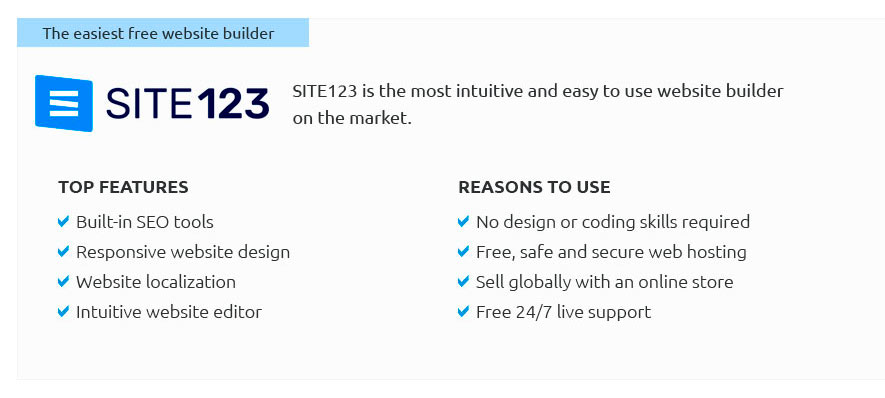 |
 |
 |
 |
|
 |
 |
 |
|
 |
|
 |
 |
|
 |
|
 |
|
 |
 |
How to Make a URL Website: A Comprehensive GuideEmbarking on the journey of creating your very own website is an exciting venture, one that melds creativity with technical acumen. Whether you're a budding entrepreneur or a seasoned professional, understanding the nuances of website creation is essential in today's digital landscape. Here, we'll explore the process of creating a URL website in a manner that's both engaging and easy to comprehend. From conceptualization to execution, let's dive into the essential steps. First and foremost, it's crucial to conceptualize your website's purpose. Are you creating a personal blog, a portfolio, or perhaps an e-commerce platform? This foundational step will guide every subsequent decision, from design to content. Once you've nailed down the purpose, it's time to think about your domain name. This is essentially your website's address on the internet, and it should be both memorable and reflective of your brand. Many find this step quite thrilling as it's akin to naming your business; however, it can also be a challenge to find a name that's available and resonates with your audience. After securing your domain name, the next step involves selecting a web hosting service. Think of web hosting as the home for your website on the internet. There are myriad options available, from budget-friendly shared hosting to more robust dedicated hosting, each offering various features and levels of support. It's worth investing time in researching which service aligns best with your needs. Personally, I find that a reliable hosting provider is invaluable as it affects your site's performance and, ultimately, your visitor's experience. With your hosting in place, you'll need to choose a content management system (CMS). WordPress, Joomla, and Drupal are popular choices, each offering unique benefits. WordPress is often praised for its user-friendly interface and vast repository of plugins, making it ideal for beginners and experts alike. Once your CMS is installed, you can begin customizing your website's design. This is where your creativity can truly shine. Most CMS platforms provide a variety of themes and templates to suit different tastes and purposes. Customizing these templates to match your brand's aesthetics can be both satisfying and, at times, a test of patience, but the result is a site that feels truly yours. As you delve into content creation, remember that quality is paramount. Engaging, well-written content not only attracts visitors but also helps improve your site's search engine ranking. It's beneficial to plan your content strategy carefully, ensuring that your site remains dynamic and relevant. Incorporating multimedia elements like images and videos can also enhance user engagement. However, it's wise to keep file sizes in check to maintain optimal loading speeds. This balance between visual appeal and functionality is crucial, and in my opinion, often overlooked by novices. Lastly, don't forget about SEO (Search Engine Optimization). This is a critical component in driving traffic to your site. Simple practices, such as using relevant keywords, optimizing meta tags, and ensuring mobile responsiveness, can significantly enhance your site's visibility on search engines. Many beginners are initially daunted by SEO, but understanding its basics can make a substantial difference in your website's success.
In conclusion, creating a URL website is a multifaceted process that combines technical know-how with creative flair. While it can seem daunting at first, each step is an opportunity to refine your vision and connect with your audience. By approaching this task with patience and curiosity, you'll find that building a website is not just about establishing an online presence, but about crafting a digital space that resonates with your audience and fulfills your goals. Remember, every expert was once a beginner, so embrace the learning curve and enjoy the process. https://www.youtube.com/watch?v=RolCmtocRv8
... Create the URL 04:10 - Link the URL to another page 05:09 - Outcome Still not a member of the Thrive Themes family? Get Thrive Suite now ... https://www.w3schools.com/html/html_links.asp
Clicking on the link text, will send the reader to the specified URL address. Example. This example shows how to create a link to W3Schools.com: https://www.geeksforgeeks.org/how-to-create-a-url/
Answer: To create a URL, register a domain name with a domain registrar, set up hosting for your website, and then link the domain to your ...
|